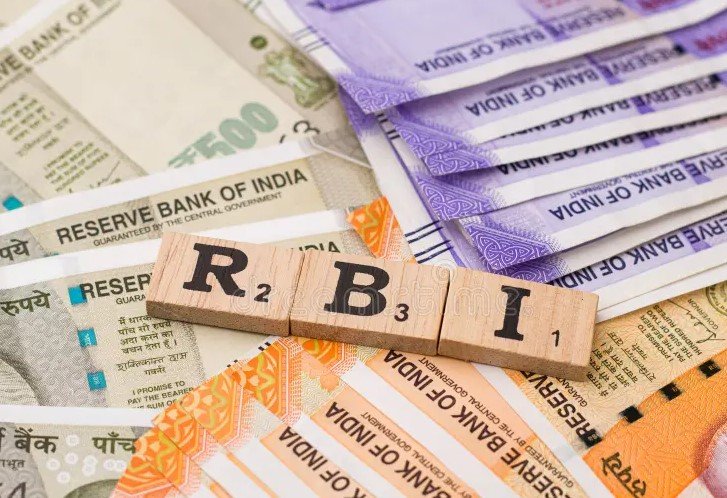In a move aimed at enhancing convenience for everyday ATM users, the Reserve Bank of India (RBI) has directed banks and ATM operators to ensure that Rs. 100 and Rs. 200 notes are available in ATMs across the country. This decision, which will come into effect gradually, is set to make smaller currency notes more accessible for the public.
The new RBI directive, announced on Monday, mandates that ATMs must be stocked with adequate amounts of these denominations to meet the demand. The central bank’s move is expected to resolve a long-standing issue where smaller denomination notes, especially Rs. 100 and Rs. 200, are often unavailable in ATMs, leaving customers with larger Rs. 500 notes instead.
The RBI’s Plan for Improved Access to Smaller Denominations
To tackle the issue, the RBI has set a clear timeline for banks and White Label ATM Operators (WLAOs) to implement this change. By September 30, 2025, at least 75% of all ATMs in India are required to have at least one cassette that dispenses Rs. 100 or Rs. 200 notes. This target will increase to 90% by March 31, 2026. The phased approach will ensure that customers can access smaller denominations at ATMs without much hassle.
The RBI’s move will significantly reduce the inconvenience for people who need smaller notes for daily transactions, making ATM withdrawals more user-friendly. Banks and operators will be gradually integrating these changes, ensuring smooth implementation across the country.

What Are White Label ATMs?
White Label ATMs (WLAs) operate just like regular bank ATMs but are set up and maintained by private companies or non-banking financial companies (NBFCs). These machines provide the same services as bank ATMs, including cash withdrawals, balance inquiries, and other essential banking functions. The RBI’s directive applies to both bank-operated and White Label ATMs, ensuring all types of ATM users benefit from the availability of smaller denomination notes.
This change will improve access to these notes not only in bank ATMs but also in WLAs across the country, where cash availability often varies.
How Will This Impact ATM Charges?
In addition to ensuring better access to smaller denomination notes, the RBI has also announced a revision in ATM transaction fees. Starting May 1, 2025, customers using ATMs outside their home bank’s network will face higher charges. Currently, the fee for withdrawing cash from an ATM outside the home bank is Rs. 17 per transaction, and Rs. 6 for a balance inquiry.
From May 1, these fees will rise to Rs. 19 for cash withdrawals and Rs. 7 for balance checks. The fee hikes, which will affect customers using ATMs operated by other banks, are part of an ongoing effort to make ATM usage more cost-effective and ensure sustainability for operators.
What Does This Mean for You?
For ATM users, this dual change—improved availability of Rs. 100 and Rs. 200 notes, combined with the fee increase—means careful planning will be required when withdrawing cash from ATMs. If you rely on ATMs that are outside your home bank’s network, you may want to consider switching to your own bank’s ATM or plan your withdrawals to minimize additional charges.
With the introduction of more small denomination notes in ATMs, customers will likely benefit from greater flexibility in managing their cash requirements. However, it’s important to keep in mind that the increased ATM transaction fees could affect those who frequently use ATMs outside their home network.
The Road Ahead
The phased approach to introducing Rs. 100 and Rs. 200 notes into ATMs is expected to make a significant difference in how the public interacts with ATMs. By 2026, the country will have a more accessible ATM network, with smaller denominations available when they are needed the most.
Banks, operators, and customers alike will need to stay informed about the changes in ATM policies and fees to avoid any unexpected costs. As the RBI continues to enhance the functionality of India’s banking infrastructure, these updates are a step towards making the system more efficient and user-friendly.








